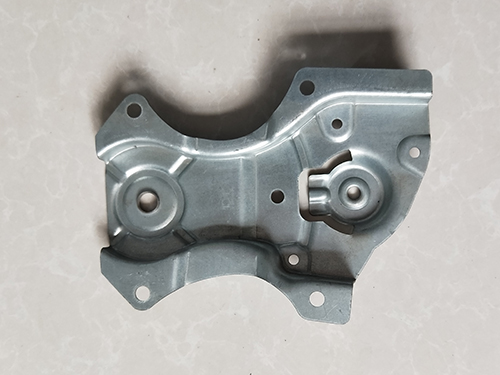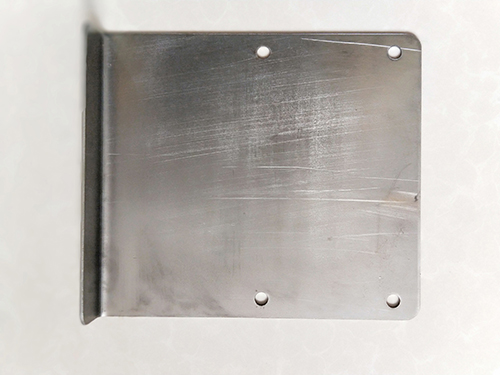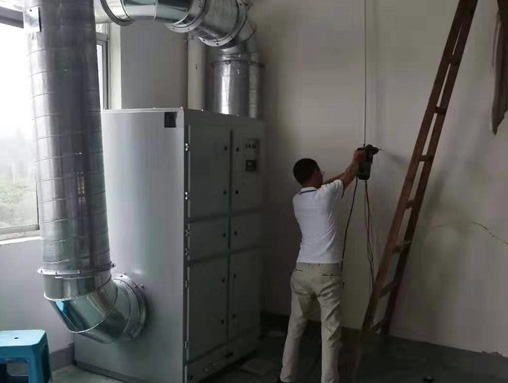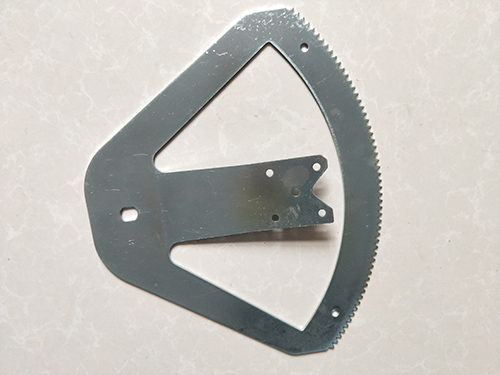The process and processing methods of stamping parts forming
In the process of making a car, it is often the stamping and production of parts, followed by assembly and splicing, so that a car is completed. Stamping parts of a car account for a large proportion in cars, and most of the parts of a car are stamped parts. However, although automotive stamping parts have many benefits, they also have their own defects, most of which are generated during the forming process. Therefore, we need to conduct a reasonable analysis of the forming and defects of automotive stamping parts in order to facilitate our improvement in the future.
The process of forming stamped parts
Stamping parts are formed by cutting sheet metal and using molds to apply pressure, stretching, and other processes to shape and deform ordinary materials, ultimately forming automotive stamping parts with the desired shape, size, and function. These stamping parts are assembled into automotive components in the later stages and play an important role in the structure of the vehicle. These stamped parts include the external and internal structural parts of the car. As the external structural parts are assembled into the exterior of the car, they require not only compressive strength but also aesthetic appearance, without wrinkles, bumps, or uneven joints. The internal parts have high requirements for the quality of the car, which places high demands on the forming of automotive stamped parts.
Characteristics of Stamping Parts Forming
2.1 Good stamping processability
Stamping parts are mostly formed using cold stamping, which is a very common method and has many advantages. For example, under good stamping, many parts that cannot be processed by other methods can be processed. Most of them have very complex shapes or are very small, which other manufacturing methods cannot achieve well.
2.2 Quality
Parts and automotive components made by stamping are generally of high quality because they are processed by machines, so they have a high degree of dimensional accuracy and do not have a stamped part with a good shape and size, but the next stamped part is missing arms and legs, and the size does not meet the requirements. The quality is relatively stable and the consistency is high. The stamping parts of cars are mostly made by plastic deformation of metal materials, and ordinary metal materials are stamped into car parts. As a result, all car parts are made of metal materials, and the quality of the car is also improved.
2.3 Components
When stamping metal materials to produce automotive stamping parts, the materials are mostly whole pieces of metal materials. As long as we plan well and use a press for stamping, we can make reasonable use of almost all metal materials, which can avoid material waste caused by cutting surfaces again due to the size not meeting the requirements during manual operation. This saves the use of materials, reduces costs and waste, and improves the utilization rate of materials. Moreover, the production efficiency of automotive stamping parts has been improved, and mechanized production is not only economical but also of high quality.
There are stamped parts of different strengths on the car body, ranging from ordinary plates to high-strength plates. Different plates have different yield strengths, and the higher the yield strength of the plate, the more likely it is to experience rebound.
During the forming process, the thickness of the sheet metal has a significant impact on the bending performance. As the thickness of the sheet metal increases, the phenomenon of springback gradually decreases. This is because as the thickness of the sheet metal increases, the number of materials involved in plastic deformation increases, and the elastic recovery deformation also increases, resulting in a decrease in springback.
There is a significant difference in springback between parts of different shapes. Complex shaped parts generally require additional forming to prevent springback due to improper forming. However, some shaped parts are more prone to springback, such as U-shaped components. In analyzing the forming process, springback compensation should be considered.
The stamping process with edge pressure is an important technological measure. By continuously optimizing the edge pressure, the direction of material flow and the distribution of internal stress can be adjusted. An increase in edge pressure can make the part fully stretched, especially at the side wall and R-angle position. If the forming is sufficient, it will reduce the internal and external stress difference, thereby reducing rebound.
When encountering poor processing of stamped parts, the conventional approach is to first determine the amount of deformation compensation based on the material, product structure, and other factors; Then, based on the compensation amount, design a mold to punch out finished or semi-finished products; And further process semi-finished products into finished products. The common adverse phenomena on stamped parts include cracks, wrinkling, pulling, uneven thickness, and non formability during tooth tapping and thread processing.
A slight carelessness during the stamping process can lead to various defects, such as cracking of stamped parts. When stamping parts are affected by internal stress, external impact, or environmental conditions, cracks will occur on their surface or inside.
This cracking phenomenon usually occurs at the rounded corners of stamped parts, where the thickness of the cracked area becomes significantly thinner. To prevent cracking, it is necessary to analyze the structure, forming process, and mold design of the stamped part from multiple aspects and take corresponding measures.
If improvements are made to the structure of stamped parts, it is required that the radius of each corner be as large as possible, the surface shape be shallower in the drawing direction, uniform throughout, the shape be as simple and the changes be as smooth as possible, etc., to reduce the possibility of cracking.
If we consider from the perspective of stretching technology, the deep drawing direction of stamped parts should try to make the contact area between the punch and the blank as large as possible, and the reasonable shape and edge pressure of the pressing surface should make the resistance of each part of the pressing surface uniform and moderate, reduce the drawing, process holes and process cuts, etc.







